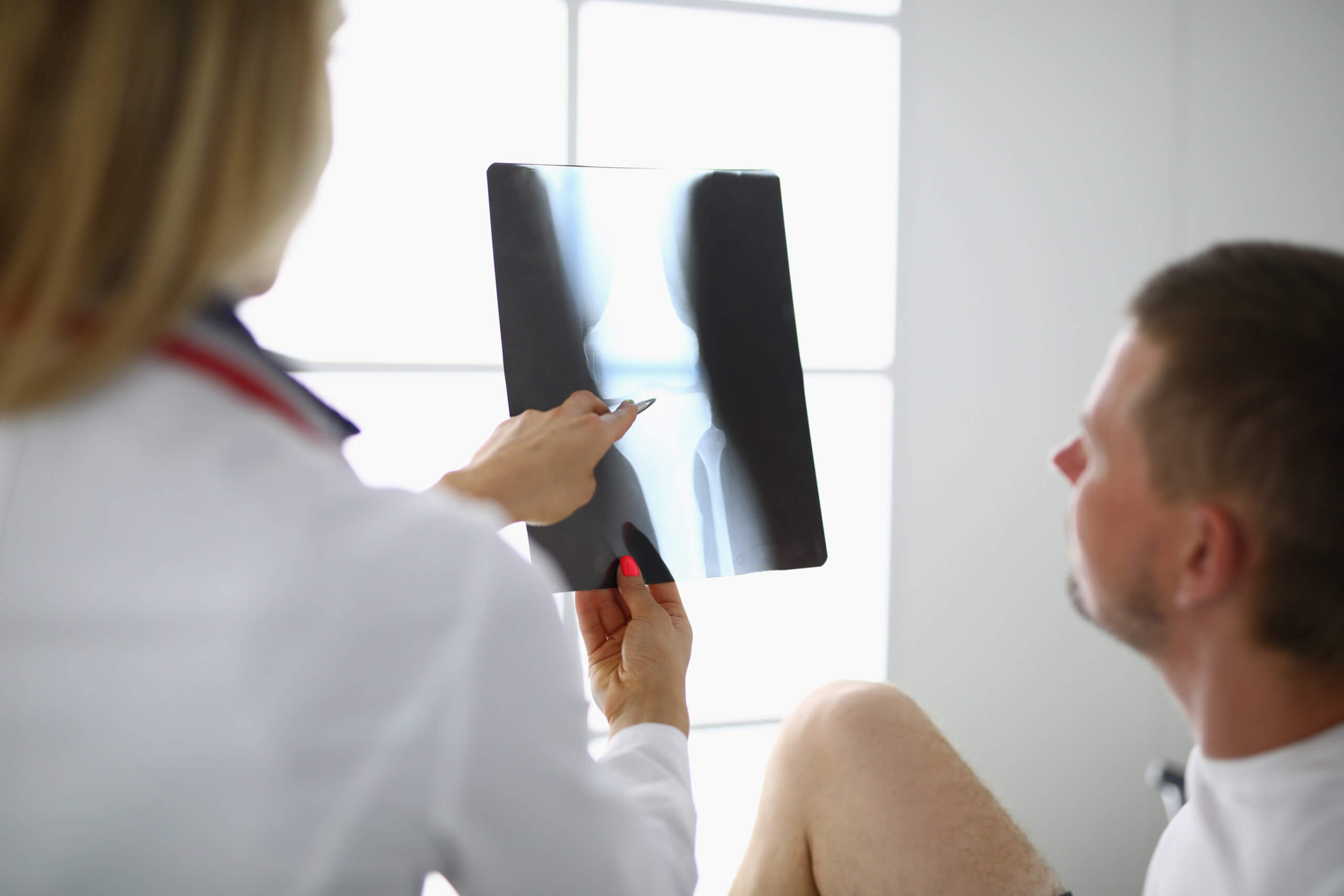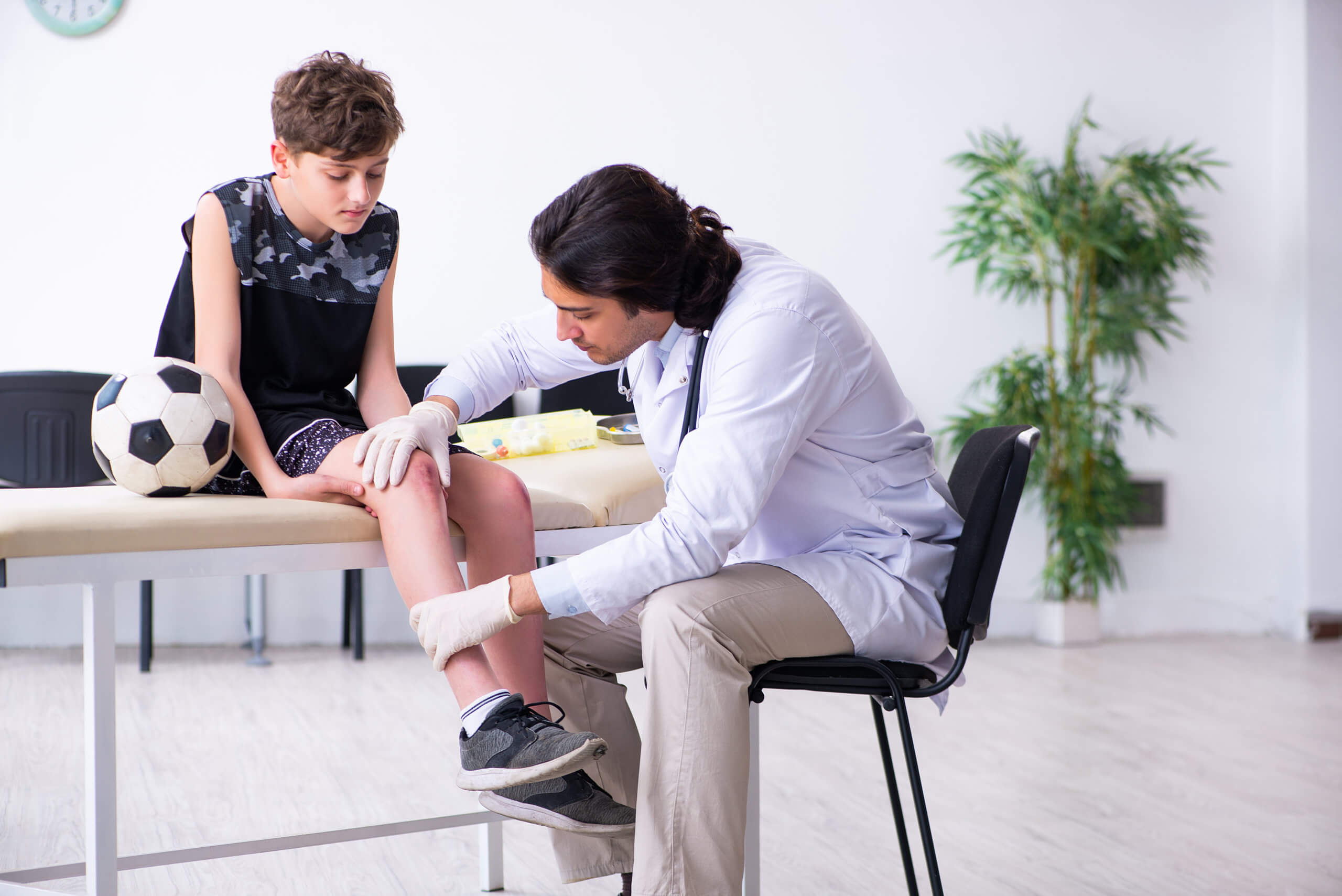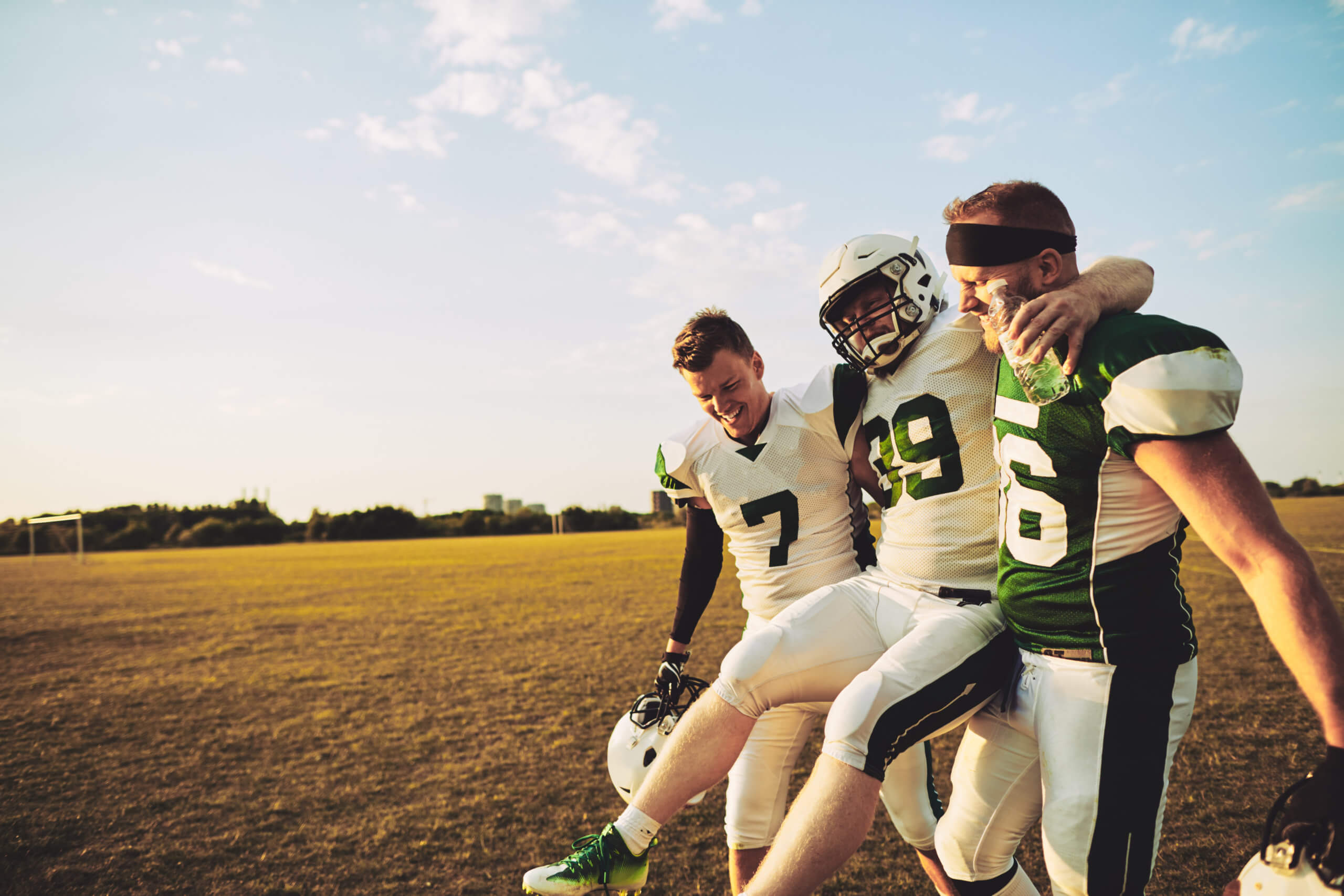Who Needs ACL Reconstruction Surgery?
ACL tears are a very common knee injury for athletes. If your child plays a sport, especially one requiring a lot of sudden changes in speed and direction, they are at risk for this injury. If your student-athlete suffers from a torn ACL, treatments can include physical therapy, bracing, surgery, and rehabilitation.
What Is an ACL Tear?
The anterior cruciate ligament (ACL) is connective tissue inside the knee that runs diagonally through the middle of the joint. It connects the shinbone (tibia) to the kneecap (patella). The ACL is important for keeping the tibia in place and preventing it from sliding forward in front of the femur. It also provides stability in the joint during rotating movements.

Stopping suddenly, changing direction quickly, landing poorly from a jump, or being struck can all damage the ACL. This damage can take the form of a sprain, which happens when the ligament stretches, or a strain, which is a tear in the ligament. ACL tears are rarely partial. Most tears are complete, resulting in knee instability.
The changes in movement that cause a pediatric ACL injury are typical of several sports, particularly football, basketball, soccer, and skiing. Any athletic activity that requires your child to move or change direction rapidly or which involves being hit by other players can lead to a tear.
What Are the Treatments for ACL Tears?
If young athletes tear their ACL, they’ll know. It happens suddenly and causes pain, swelling, and instability that causes the joint to give out when they try to move. They might also hear a popping sound when it happens.
Seeing a doctor or specialist as soon as possible for evaluation and treatment is essential. An orthopedic specialist with experience treating young athletes can evaluate your child and provide treatment options such as:
- Stabilization. Immediate treatment includes bracing the knee to provide stability. Your child might also need crutches to avoid putting weight on the joint.
- Physical therapy. If your athlete has torn their ACL, physical therapy can help restore stability and function. Exercises that strengthen the muscles that support the joint are especially helpful.
- Surgery. Most tears need to be reconstructed surgically. This is especially true for young people. To restore them to normal activity and get them back in sports, surgical pediatric ACL repair is usually necessary.
- Rehabilitation. Even with surgery, your child will need time and effort to recover. This involves physical therapy, strengthening exercises, and time off from sports.
About ACL Surgery
ACL reconstruction surgery is usually done through a minimally-invasive knee arthroscopy. Arthroscopic surgery involves a very small incision with minimal bleeding and shorter recovery times. To perform the procedure, the surgeon inserts a tube with a small camera.

To repair a complete tear in the ACL, surgeons use a tissue graft. They can use tissue from one of several sources: the tendon that runs from the patella to the tibia, hamstring, or quadriceps tendons, or donated tissue, known as an allograft.
Treatment for an ACL tear does not generally require a total or even partial knee replacement. Unless there is more extensive damage to the bone or other tissues, a graft of the ACL should be adequate.
What Are the Long-Term Effects of an ACL Tear Without Surgery?
A torn ACL will not heal without surgery. Specialists typically only recommend non-surgical interventions for patients with very low activity levels or for those who are elderly. If you are younger and active, or if your child has a tear, delaying surgery could result in significant long-term consequences.

These include worsening of the injury or triggering another injury, like a meniscus tear. Waiting on surgery can also result in significant instability in the knee along with chronic pain. Any kind of damage to knee components increases the risk of developing osteoarthritis, which is painful and limits mobility and activity levels.
Studies comparing conservative ACL management to surgical treatment favor the latter. In one study, only 31% of participants reported good results from rehabilitation only. Just 5.5% reported being able to perform athletically as well as before the tear. In another study, 30% of patients still needed surgery after going through more conservative treatments.
Work with the Top Orthopedic Knee Surgeons on Long Island
The best knee replacement doctors on Long Island are at South Island Orthopedics. They have pediatric orthopedic expertise and are available to help your young athlete get back to what they love doing most. Contact the orthopedic and knee experts by requesting an appointment. If you have just been injured and require immediate attention, visit one of our urgent care locations where we offer same-day appointments.
